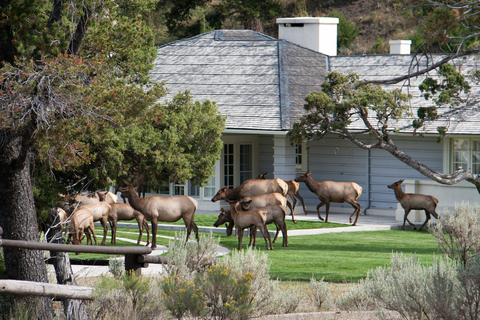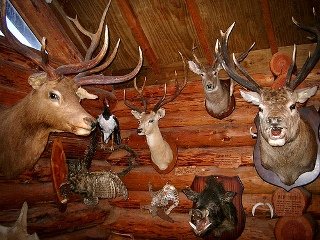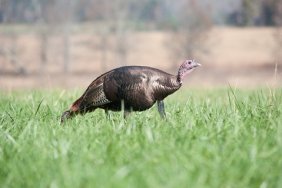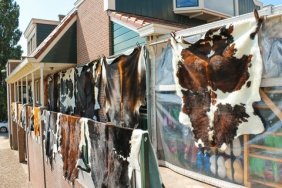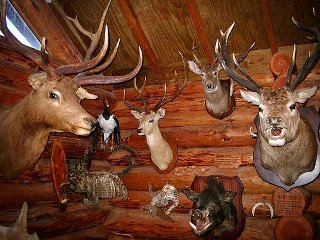
Most Midwestern hunters are fortunate enough to always be close to a taxidermist, but western and back country hunters do not have that luxury. If you are part of the second group, you owe it to yourself and to your trophy animal to know how to properly care for your specimen. Learning how to appropriately use and apply salt to your cape will help you prevent any potential rot problems.
As covered in the first taxidermy tip section, bacteria are the enemy of all dead things. Bacteria destroy and break down once-living cells and cause them to rot. Once a cape reaches a certain level of decay, the hair falls out, which is called ‘slipping.’ Once a cape slips, even the best taxidermist cannot fix it so learning how to ‘turn’, flesh and salt are essential back country hunting tools that need to be learned. While doing taxidermy for 20 years, I have seen a lot of unnecessary damage that didn’t have to happen.
First, you will have to learn how to ‘turn’ and flesh. Most hunters think they know what fleshing means, and they are partially correct, but turning is a whole different world. It is easy to learn but hard to master, yet with practice and guidance you can own it. If you can talk a taxidermist into showing you the procedure first hand, you will be fine. If you want to learn yourself, then I suggest buying a DVD from a taxidermy supply company that will show you every step as often as you wish.
Obviously, fleshing means taking the meat off the cape; however, fine fleshing is what you want to learn. It is actually part of the turning process, and again, I suggest a DVD to help you learn. The two best DVDs on the market that can help you master this process are “How To”-Black Bear Hide Care with Joe “Kastaway” Kulis and Caping a Whitetail Deer with Lou Gagliano. These are awesome resources and you should have them in your hunting library.
Once you have mastered the turning and fleshing aspect of trophy care, it is time to learn about salt. I cannot stress one point enough, and that is to never, ever use salt on a cape if there is still meat attached to the skin. The salt will not preserve the skin under the meat; furthermore, it will turn the meat into a rock hard tumor that will seem like it is welded to the skin. In other words, the meat will not come off the skin unless a great effort is given by a risk-taking taxidermist (this will cost you more). When it comes to salting meat on a cape, be smart, don’t start.
Any salt will do, but a non-iodized, fine grained salt is the best. I use Morton Feed Salt. After the cape is turned and fleshed, it is important to rub salt into the eyes, nose and lip areas. It won’t stick but if you rub it a few times, it will penetrate the skin and start to dry it out. The entire purpose of salting is to remove the moisture from the skin and preserve it. Moisture helps bacteria grow and this makes it as dangerous as heat.
After you have rubbed the salt into the above mentioned areas, lay the skin flat and cover the entire surface with a fine layer of salt. The perfect scenario is for the salt to sit on the skin for 24 hours, remove it, re-salt, and let it sit for another 24 hours. This will not completely dry the cape, but it will allow the salt to have done its job. The cape can then be air dried. If you cannot perform two saltings and need to transport the cape, then do a thorough job on the first salting and roll the cape up. You can travel with it for a day and then repeat the process after the 24 hour mark. Remember to keep it simple and do the best you can.
I cannot tell you how important it is to accurately turn, flesh and salt. Make sure salt covers every square millimeter of the skin. If a portion is not salted and dried, the hair will fall out. World Champion Taxidermist, Joe Meder, of Joe Meder Taxidermy in Solon, IA, has a great guideline for salting. In total deadpan he says, “Only put salt where you want the hair to stay.” This is fantastic advice!
To order the bear fleshing video, visit Kastaway.com
To order the Whitetail caping video, visit taxidermy.com
To learn more about Joe Meder’s taxidermy services, visit JoeMeder.com
Elk in North America
-
Does this angle make my nose look big?
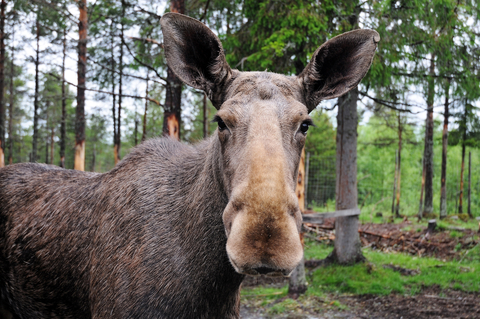
-
It's great to be an elk in the morning.
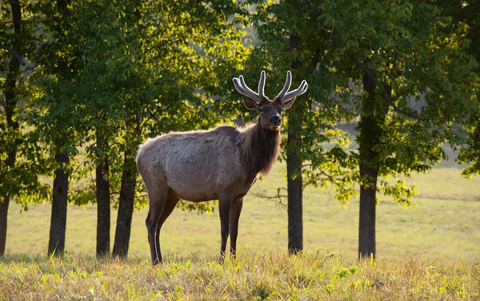
-
Glad I brought my winter coat.
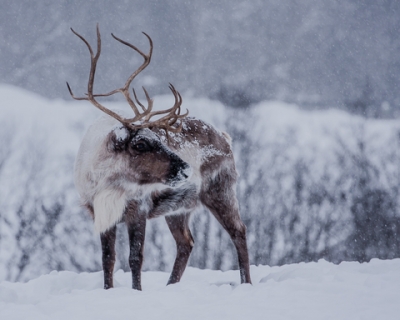
-
Milk does a body good.
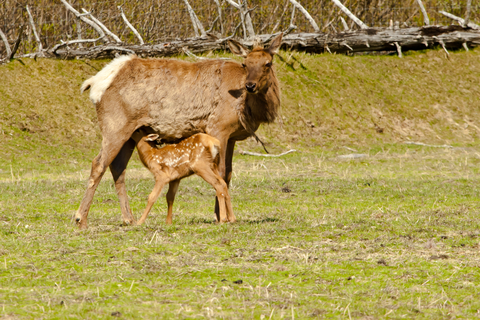
-
Finally some water greens.
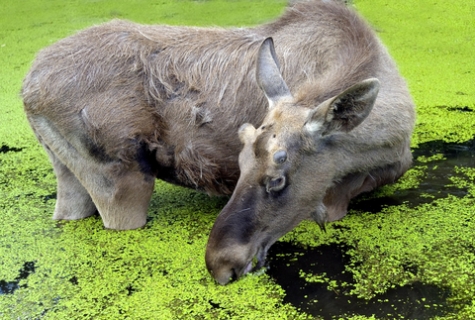
-
Just chewin'
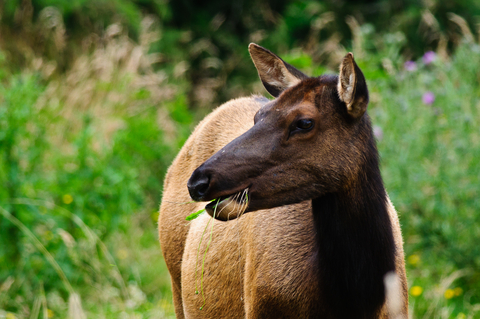
-
A little R and R.
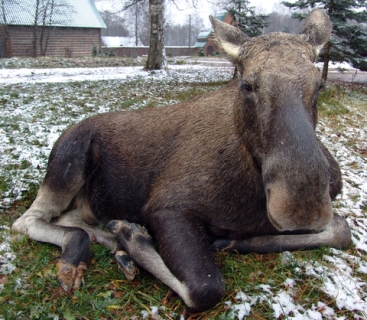
-
Kinda wish we brought the snow shoes about now.
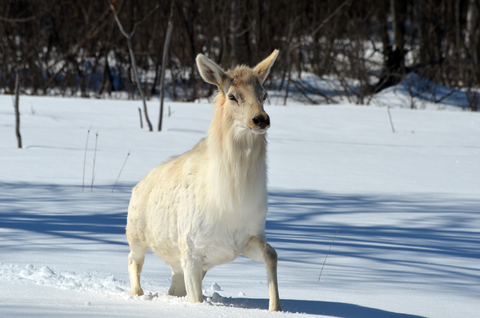
-
Okay boys, we got a lot of grass to eat before nightfall.
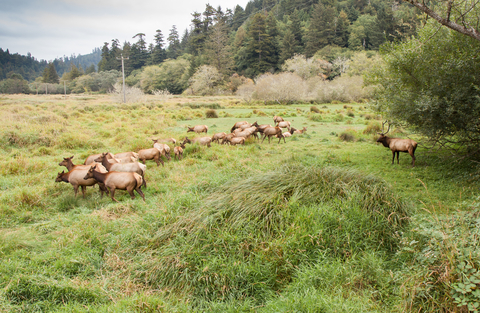
-
You guys don't mind if we move in do you?
